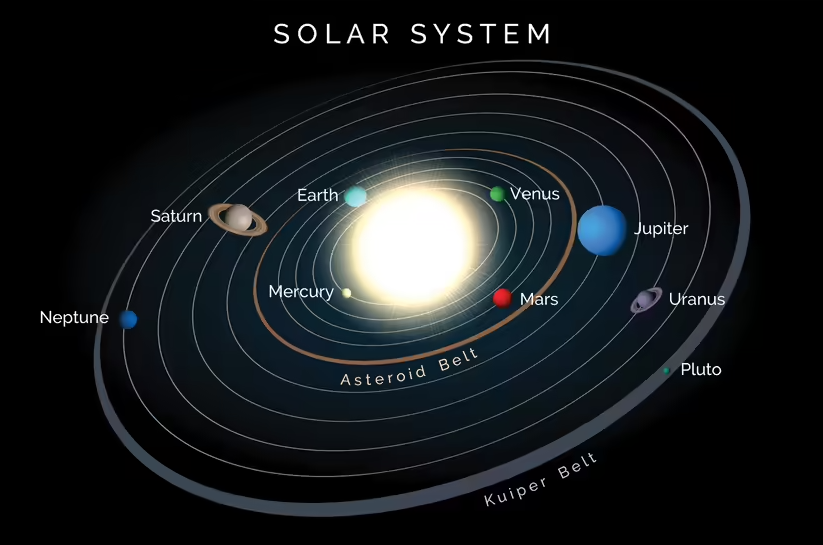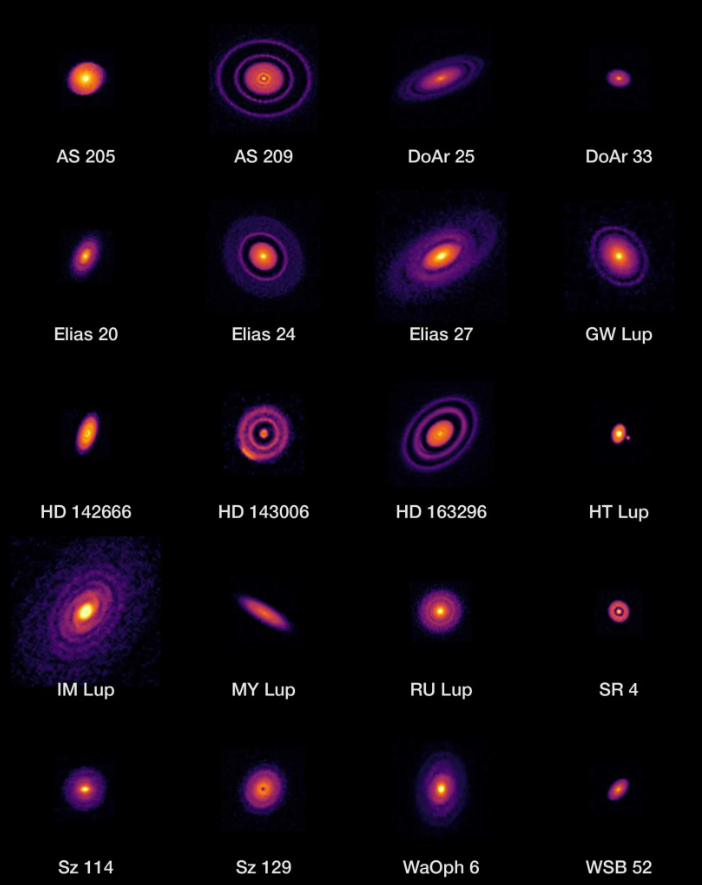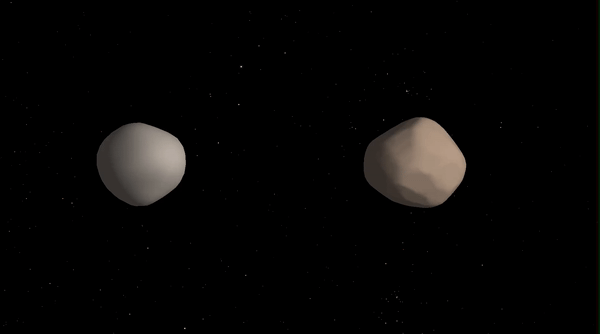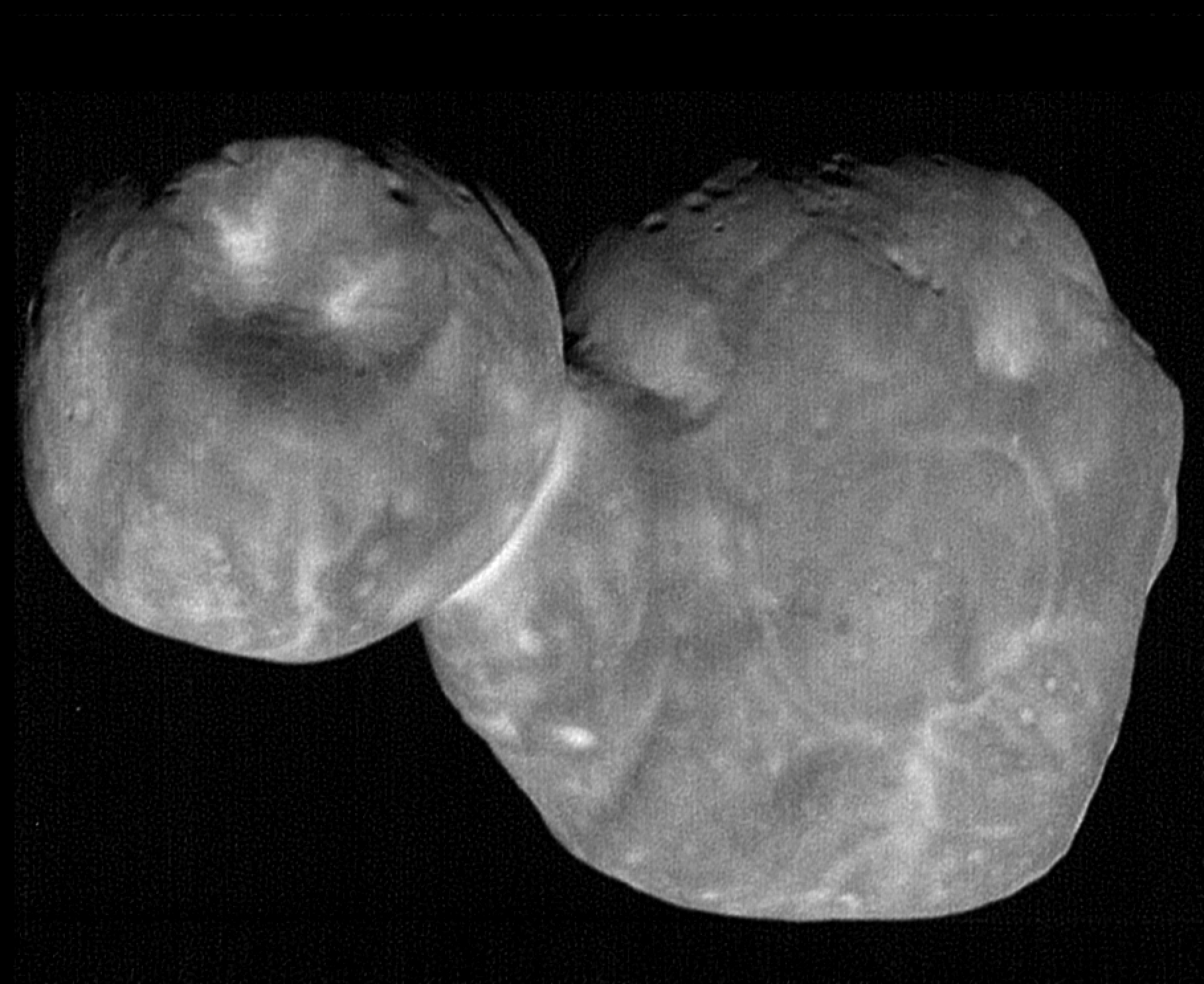I’m old enough to remember when the solar system was described as a fairly well-ordered place. There was the Sun, the rocky inner planets, an asteroid belt of smaller rocky objects, four large gaseous/icy planets, the since demoted Pluto, and smaller icy objects beyond the most distant currently recognized planet Neptune, from which comets originated. All of these objects were presumed to have formed in place and not to have shifted over their 4.5 billion year history.

https://media.hswstatic.com/eyJidWNrZXQiOiJjb250ZW50Lmhzd3N0YXRpYy5jb20iLCJrZXkiOiJnaWZcL2t1aXBlci1iZWx0LTEuanBnIiwiZWRpdHMiOnsicmVzaXplIjp7IndpZHRoIjo4Mjh9fX0=
That ordering is still valid, but we’ve come to realize that planet formation is much more dynamic than we had imagined. Giant planets migrated from their birthplaces, scattering smaller objects and subjecting the inner planets to bombardment so intense as to give that epoch its name—Hadean. The current stable configuration of planetary orbits is not as it has always been.
Understanding how planets and smaller objects coalesce from a protoplanetary disk of gas and dust is an ongoing area of research. The observational side of this research relies on telescopic scrutiny of young stars whose planets are in the process of being born. The Atacama Large Millimeter/submillimeter Array (ALMA), the largest radio telescope in the world, obtained these images of several nearby stars and their surrounding disks.

https://www.nasa.gov/wp-content/uploads/2021/09/stsci-j-p2152b-f-1807×2256-1.jpg?resize=1640,2048
The theoretical side uses increasingly powerful supercomputer simulations.
There is a superb article in the June issue of Sky & Telescope magazine by one of my favorite authors, Emily Lakdawalla, about the icy objects beyond Neptune, collectively known as Trans-Neptunian Objects, TNOs. These objects are further subdivided into categories based on their orbital characteristics, and understanding how they came to be where they are has defied attempts to duplicate those positions in simulations.
Without diving too deep into the details (if interested, I highly recommend Lakdawalla’s article), it turns out that many of these objects will be binary: two objects of roughly equal mass orbiting a common center. This artist’s depiction of the near-Earth asteroid 2017 YE5 illustrates.

https://cdn.mos.cms.futurecdn.net/hNwyVz7fT2FsHPB8ovLoPo.gif
And as these objects orbit, they may spiral ever closer, perhaps even merging to form what is called a contact binary.
When the New Horizons spacecraft flew past Pluto in 2015, it continued on to a flyby in 2019 of a smaller object later named Arrokoth.

https://cdn.mos.cms.futurecdn.net/WQCGinFQmCvt6LjuQxTU45.jpg
These two lobes had to have come together very slowly to create this peanut-shaped object without shattering them both.
More recently, the Lucy spacecraft obtained a close look at the asteroid Donaldjohanson as it flew by on April 20, 2025, on its way to explore the Jupiter Trojan asteroids.

https://assets.science.nasa.gov/dynamicimage/assets/science/missions/lucy/final_0798443319_dec.png
Another contact binary! Theories are of course constrained by observations, but observations are just that. WHY do we observe what we do? One of the wonderful things about science is that we will never run out of questions to ask and mysteries to solve.


